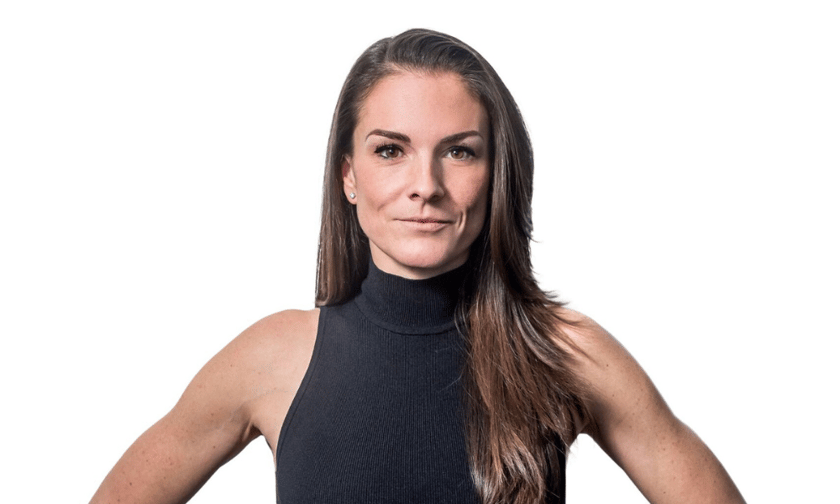

The impact of an aging population on the insurance landscape, especially concerning senior care facilities, has evolved significantly. According to data from Statistics Canada, projections indicate that, by 2030, seniors could represent between 21.4% and 23.4% of the population, with approximately 7.6 million Canadians now aged 65 or older.
And, throw in the COVID-19 pandemic, the sector has been totally reshaped, highlighting gaps and accelerating already existing issues.
"COVID really brought a magnifying glass to standards of care in the seniors care space," said Hailey Taskey, senior advisor and partner at Lloyd Sadd Insurance Brokers.
This heightened scrutiny has, however, led to greater risks, with people now paying closer attention to the quality of care provided to their loved ones. As a result, the insurance industry faced a wave of issues, including a reluctance to accept new risks in the senior care space.
"You were lucky to keep the coverage you had at a reasonable cost," Taskey added, pointing out how the sector was forced to accept higher costs for maintaining even minimal coverage.
Post-COVID, however, the industry began slowly reopening to the senior care space. Capacity is returning, and the coverage that was once unattainable is becoming more accessible again, though the balance remains delicate.
"It's a bit of a push-pull," Taskey said, as insurers cautiously re-enter the market.
And emerging risks are plentiful. One key challenge highlighted by Taskey is the growing need for more senior care facilities, which remains a financially daunting task due to the sheer expense involved in constructing and maintaining these spaces. Compounding this is a shift in consumer behaviour. Families are increasingly opting to care for their loved ones at home, driven partly by COVID-induced fears and partly by a broader migration trend from rural to urban areas. This, she added, contributes to an emerging risk for rural facilities.
On top of these logistical challenges, Taskey mentioned a noticeable rise in medical malpractice claims. The intensified focus on care standards has led families to scrutinize every aspect of treatment, leading to lawsuits over issues ranging from medication errors to slip-and-fall incidents.
Taskey also reflected on the regulatory challenges the industry is grappling with, noting that the healthcare sector, particularly senior care, is heavily regulated, and those regulations are always evolving.
“Regulation in the healthcare space is a moving target," she said. This creates uncertainty for insurers and healthcare providers, who must continually adapt to new standards and frameworks. The introduction of new medical professionals and the changes in how malpractice insurance is regulated have significantly impacted the market, requiring brokers to stay on top of shifting legal landscapes.
“As a broker, you have to read and understand the whispers of what could be shifting,” she advised, indicating the importance of proactive measures in navigating these changes.
In terms of rising insurance costs, particularly within the nonprofit senior care sector, Taskey noted that while the market has somewhat stabilized, it remains challenging. Healthcare providers are still feeling the pressure from increased claims and losses, though not as severely as they did a few years ago. The return of capacity in property insurance and slight shifts in other coverages indicate some relief, but costs remain a concern. Brokers, she explained, are mitigating these rising costs by advising clients on risk retention strategies, such as accepting higher deductibles, or by implementing rigorous risk management programs to minimize claims.
"We have to talk to clients," Taskey said, stressing the importance of transparent communication between brokers and their clients, especially nonprofits that need to carefully budget their expenses. This is particularly relevant when it comes to understanding their risk appetite—whether they can afford higher deductibles, for example, and whether they can implement better internal processes to avoid recurring losses.
One notable shift post-COVID has been the approach to pandemic-related risks. Policies all seem to have some form of COVID exclusions on them, however some markets have options to purchase pandemic related coverage.
"We're now seeing coverage being offered for a pandemic," Taskey said, marking a pivotal shift as insurers adapt to the lessons learned from the pandemic, building products that reflect the evolving risk landscape.
In terms of litigation, Taskey noted that while the frequency of claims may not have drastically increased, the complexity and severity of claims has escalated.
“There’s just more severity of these claims,” she added, pointing to the rise in complex litigation, particularly around medical malpractice and bodily injury. This severity stems not only from the heightened scrutiny post-pandemic but also from the broader challenges facing the healthcare sector, such as understaffing, which can lead to more mistakes and, subsequently, more lawsuits.
“Mistakes happen,” Taskey admitted, and, with an overburdened workforce, the risk of costly litigation looms larger than ever.
